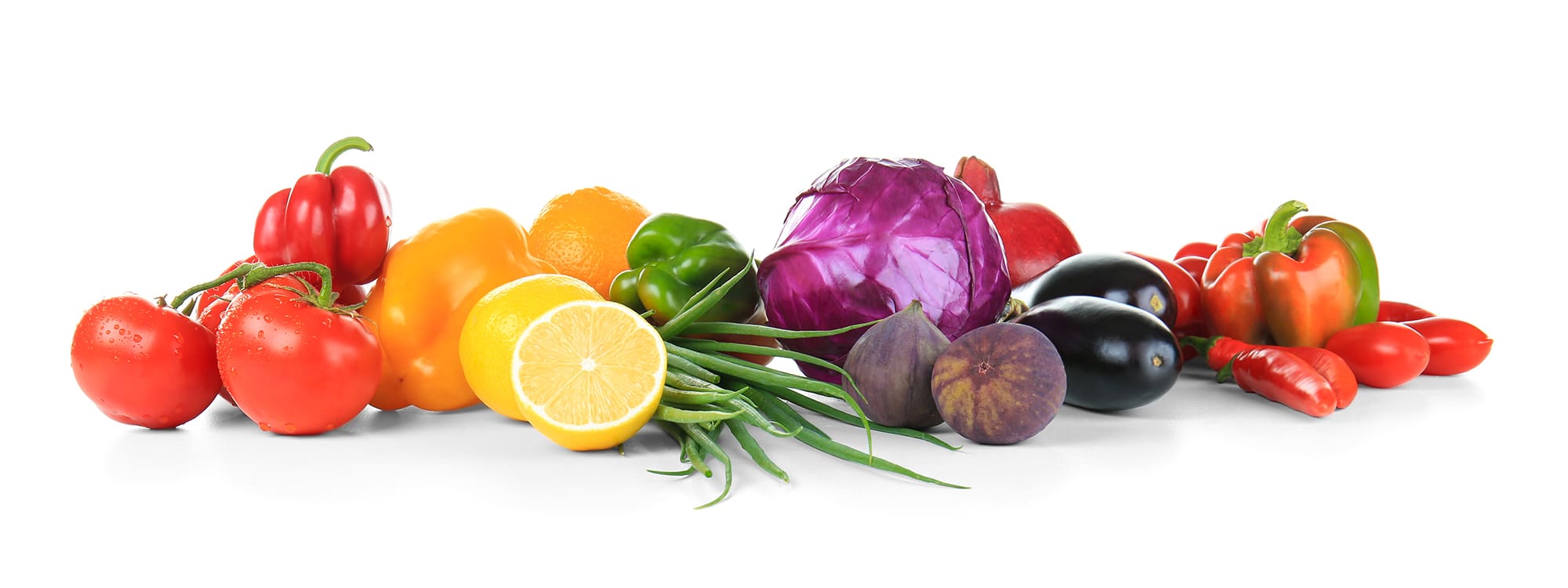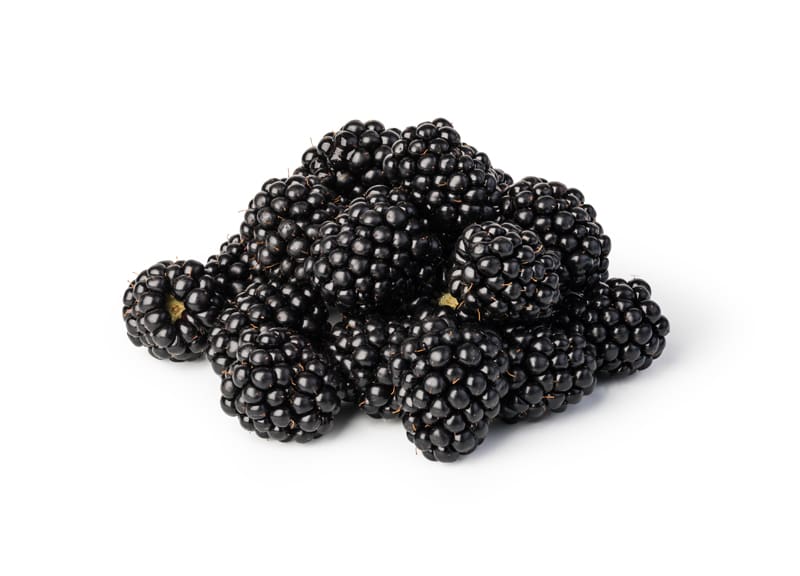The addition of fruit provides essential nutrients, beneficial antioxidants, soluble and insoluble fiber to a raw diet for dogs. Fruit, specifically berries, prove useful to fight against free radicals and prevent oxidation. It is recommended to provide 2-5% fruit in raw BARF model diets.
Fruit provide a variety of nutrients and benefits to raw diets for dogs.
Antioxidants
Fruits are rich in antioxidants to fight against free radicals.
Glucose
Adding fruit to a dogs diet is a source of glucose for energy.
Fiber
Fruit provide a source of soluble and insoluble fiber which is beneficial for gut health.
Although dogs do not require fruit for essential nutrients, adding them into raw diets proves beneficial.

Antioxidants
Antioxidants are natural chemical compounds created by plants to protect themselves from the sun’s ultraviolet light and oxidation. These nutrients are not considered essential nutrients for optimal health. However, antioxidant help fight against free radicals and prevent oxidation to promote optimal health.

Feed the Rainbow
Fruit deeply pigmented in vibrant colors contain beneficial antioxidants. The five shades of the rainbow provide a specific type of phytonutrient within each color group.
Red
The bright and vibrant red hue of many fruit is due to lycopene and anthocyanins. Both are powerful carotenoids known for their anti-inflammatory and antioxidant benefits against free radicals. Options include strawberries, watermelon, and goji berries.
Orange & Yellow
Beta-carotene is another widely studied carotenoid found in yellow and orange pigmented vegetables. Beta-carotene is a precursor to Vitamin A as the body must convert it to retinol, it’s usable form in the body. However, dogs have a very low conversion rate and cats are unable to convert beta-carotene to retinol. Options include persimmons, apricots, and papaya.
Green
Green fruits are rich in lutein, isothiocyanates, and isoflavones which includes kaempferol and quercetin. Kaempferol is an antioxidant shown to protect the body against cancer-promoting free radicals and quercetin is an antioxidant flavonoid also shown to protect the body against free radicals. Options include kiwi and honeydew melon.
Blue & Purple
Blue and purple produce are rich in phytonutrients, including anthocyanins and resveratrol, and have been studied extensively for their anti-cancer and anti-aging properties. Anthocyanins act as a powerful antioxidant protecting cells from damage. Many red and pink vegetables are also rich in anthocyanins; but the darker the blue/purple hue, the higher the phytochemical concentration. Options include blueberries, blackberries, and figs.
White
White and brown produce may not be deeply pigmented in vibrant colors as other vegetables, but they still have phytonutrients. Options include apples, dragon fruit, and lychee.
Fruit Recommendations
Berries are the recommended fruit to feed to dogs because they are highly nutritious. They are high in antioxidants, nutrients, and fiber.

Blueberries
Blueberries are one of the most common varieties and can be found in local grocery stores both fresh and frozen. They exert a protective effect on LDL and protect the cells from oxidation. Studies show blueberries have anti-carcinogenic properties.
Blueberries Nutritional Data
Macronutrients
The amount of calories, protein, fat, and carbs are based on 1oz (28g).
| Moisture | 84.2% |
| Protein | 0.74% |
| Fat | 0.33% |
| Carbohydrate | 14.5% |
Top Nutrients
The top four nutrients are based on 1oz (28g) of raw blueberries.
| Manganese | 0.09 mg |
| Vitamin B6 | 0.02 mg |
| Vitamin B3 | 0.12 mg |
| Folic Acid | 2 mcg |

Blackberries
Blackberries are very similar to blueberries but are less common in grocery stores and may only be sold when in season. Wild blackberries are three to five times higher in polyphenols (antioxidants) in comparison to farm grown blackberries!
Blackberries Nutritional Data
Macronutrients
The amount of calories, protein, fat, and carbs are based on 1oz (28g).
| Moisture | 88.2% |
| Protein | 1.4% |
| Fat | 0.5% |
| Carbohydrate | 9.61% |
Top Nutrients
The top four nutrients are based on 1oz (28g) of raw blackberries.
| Manganese | 0.183 mg |
| Folic Acid | 7 mcg |
| Vitamin E | 0.33 mg |
| Vitamin B3 | 0.18 mg |

Cranberries
Cranberries are another berry safe to add into a dogs raw diet but are typically sold only in the fall when they are in season. Cranberries are very high in vitamin C and may help prevent urinary tract infections.
Cranberries Nutritional Data
Macronutrients
The amount of calories, protein, fat, and carbs are based on 1oz (28g).
| Moisture | 87.3% |
| Protein | 0.46% |
| Fat | 0.13% |
| Carbohydrate | 11.9% |
Top Nutrients
The top four nutrients are based on 1oz (28g) of raw cranberries.
| Manganese | 0.07 mg |
| Vitamin E | 0.37 mg |
| Vitamin B6 | 0.02 mg |
| Vitamin B5 | 0.08 mg |

Strawberries
Strawberries, fresh and frozen, are often available year around in local grocery stores. Strawberries are jam packed with vitamin C and provides more vitamin C than an orange!
Strawberries Nutritional Data
Macronutrients
The amount of calories, protein, fat, and carbs are based on 1oz (28g).
| Moisture | 91.0% |
| Protein | 0.67% |
| Fat | 0.3% |
| Carbohydrate | 7.68% |
Top Nutrients
The top four nutrients are based on 1oz (28g) of raw strawberries.
| Folic Acid | 7 mcg |
| Manganese | 0.11 mg |
| Vitamin B6 | 0.02 mg |
| Vitamin B3 | 0.11 mg |
Preparation Methods
Although carnivores do not have the essential tools to properly breakdown and digest plant matter in comparison to omnivores, fruit do not have any specific preparation methods. Fruits, specifically berries, are high in water and are easily digested when fed as is.
CLOSING COMMENTS
The BARF model diet includes a 2%-5% ratio for the inclusion of fruit in a dog’s raw diet. Fruits, particularly berries, are a whole food that provides beneficial antioxidants which fight against free radicals, prevents oxidation, and promotes optimal health.
